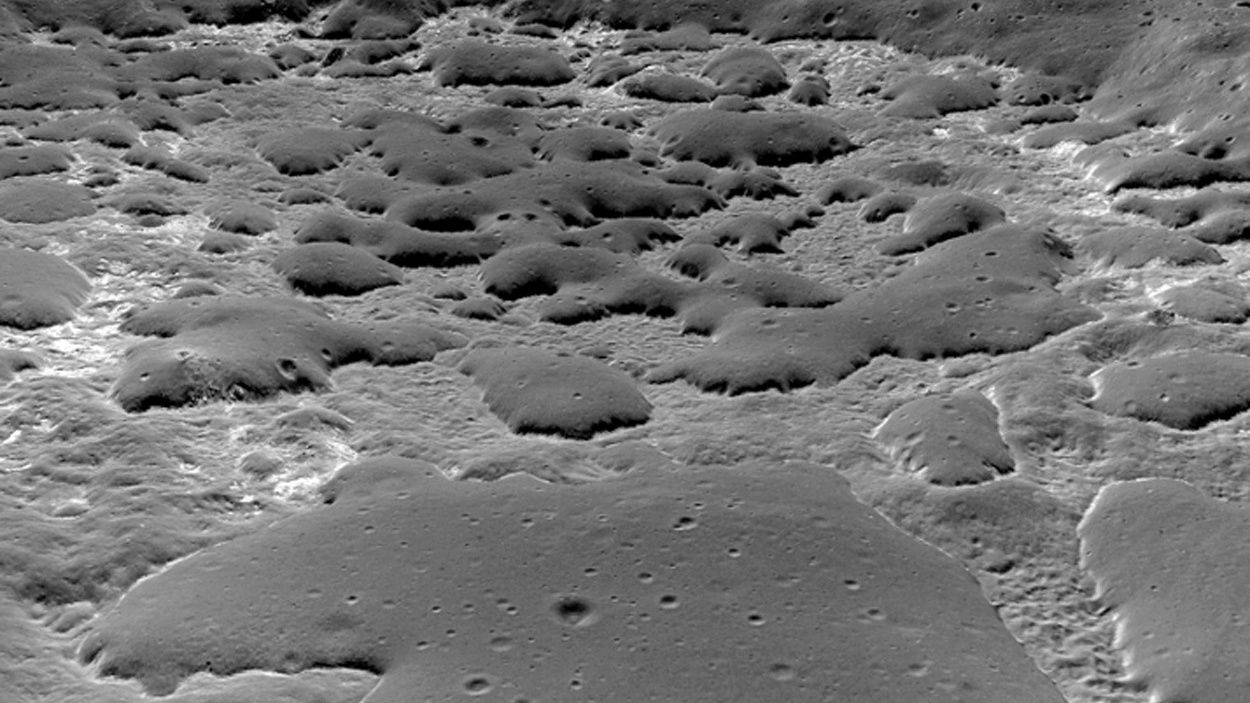NASA is getting ready for a mission to the moon in 2027. A geologist at Western Carolina University is part of a team working on the research instruments that will be sent down to the lunar surface.
Amy Fagan, an associate professor of geology at the Cullowhee, North Carolina, university is part of the team working on this new initiative for NASA, according to WCU.
“We've got a full team from lots of different organizations and backgrounds coming together to work on this initiative,” Fagan said in a WCU press release. “We've got some that are lunar geologists, some that have expertise in chemistry, and those with expertise more the age dating/morphology of these types of features. My expertise and how I fit into the team is general geology of the moon and the specific formation of samples.”
She's part of a team working on a set of instruments for DIMPLE — that's short for Dating an Irregular Mare Patch with a Lunar Explorer. The $50 million suite of instruments will be put on a lunar rover to investigate a spot on the moon called the "Ina Irregular Mare Patch." The patch was first discovered in images from Apollo 15 in 1971.
The researchers plan to use cameras and a "purpose-built radioisotopic rock dating instrument" to understand if the moon had volcanic activity in its recent geologic history.
“What's interesting about it is that there's two different theories about its formation; some people think that based on some of its morphology that it is around 33 million years old whereas other people think it is around 3 billion years old,” Fagan said. “That is a really big discrepancy and we do not yet have a good understanding about how these irregular mare patches formed.”
The team Fagan is a part of proposed the research as part of NASA's Payloads and Research Investigations on the Surface of the Moon program.
“For the first two rounds of PRISM, NASA dictated a very specific location, but for this third competition, we had more flexibility and were able to propose the exciting scientific objectives we wanted to address at Ina," she said.
“Exploring and getting more information about this irregular mare patch on Ina will address questions we have about the moon’s evolution as well,” Fagan said. “With DIMPLE, there are no humans involved in the collection/photographing of the samples, only robot. The three things we are determining on this irregular mare patch on Ina are age dating, chemistry of the rocks and the characterization of the rocks. We are not bringing samples back to Earth, but we are still getting a trove of data and images to analyze.”
This isn't the first time Fagan has worked with NASA. She brought her geologic expertise to help NASA's Artemis III moonwalking test mission team.
“While I was part of the moonwalking test mission team and helping with astronaut simulations, this has been a different experience because there will not be humans on the surface, it will be robotic instrument suites,” Fagan said. “NASA has been supporting robotic initiatives since the 60s and 70s in addition to the astronaut-led trips to the moon, so I am proud to be part of continuing this work.”



